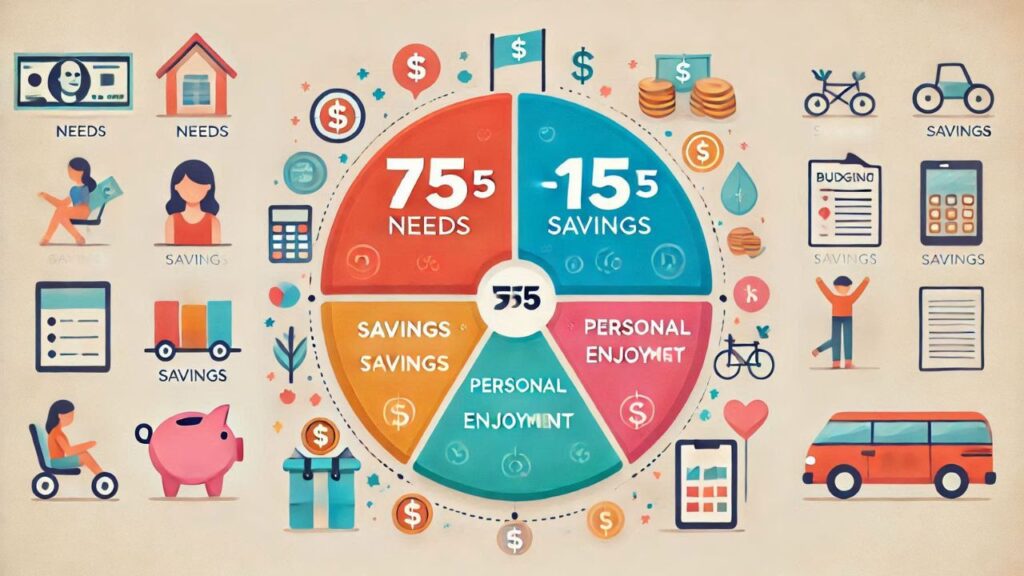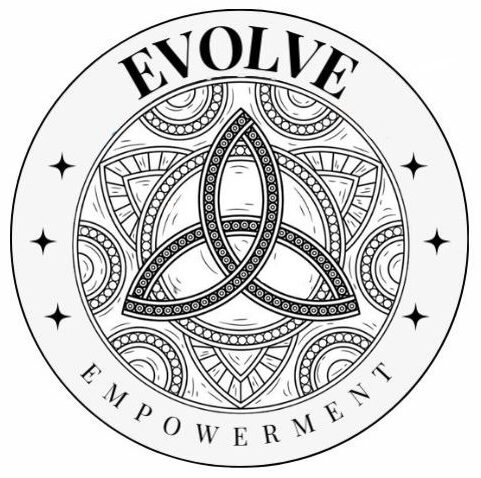Budgeting is more than just a financial exercise; it is a transformative tool for personal growth.
By intentionally aligning financial decisions with personal values and goals, budgeting becomes a roadmap to a more purposeful and fulfilling life.
This guide delves into the profound ways budgeting influences our lives and explores practical rules to master money management.
The Transformative Power of Intentional Budgeting.
Budgeting is not merely about tracking expenses; it serves as a financial roadmap, offering clarity and direction. This intentional practice allows individuals to:
- Gain Financial Clarity. Budgeting provides a clear overview of income, expenses, and savings. This transparency ensures informed decision-making and helps allocate resources effectively. It enables individuals to see the bigger picture of their finances and identify areas where adjustments may be needed to align spending with goals. With this clarity, setting priorities becomes a seamless process, empowering better financial habits.
- Reduce Stress and Achieve Peace of Mind: The psychological impact of budgeting is profound. Knowing exactly where your money is going reduces financial anxiety, paving the way for a stress-free approach to achieving monetary goals. Budgeting acts as a buffer against the uncertainty of unforeseen expenses, creating a sense of control and stability. This peace of mind extends beyond finances, positively influencing overall mental well-being.
- Align Finances With Personal Values: When budgets reflect personal values and long-term aspirations, financial decisions become more intentional. This alignment fosters a deeper sense of satisfaction and fulfillment in everyday choices. For example, someone who values education might allocate funds to continuous learning opportunities, while someone prioritizing family might focus on creating experiences that strengthen relationships. Budgeting transforms money from a source of stress into a tool for living a meaningful life.
- Uncover Financial Blind Spots: Budgeting brings to light unnoticed spending habits or overlooked expenses. By identifying these areas, individuals can redirect funds toward priorities and goals. For instance, tracking daily expenses might reveal how small, unnecessary purchases accumulate into significant amounts over time. This awareness helps prevent “leakage” in finances, ensuring that resources are used purposefully and efficiently.
By embracing intentional budgeting, individuals are not just managing money; they are investing in a better quality of life. The process of creating and adhering to a budget becomes an empowering practice that facilitates growth, reduces stress, and aligns financial decisions with the life they aspire to lead.

Decoding the 75-15-15 Rule for Financial Mastery.
The 75-15-15 rule is a simple yet powerful framework for managing income, allocating funds in a balanced manner to cover essential needs, goals, and desires.
- Breaking Down the 75-15-15 Rule:
- 75% for Needs and Daily Living. This portion covers essential expenses, such as housing, groceries, utilities, transportation, and insurance.
- 15% for Financial Goals. These funds are dedicated to savings, investments, and debt repayment, ensuring long-term financial stability.
- 15% for Personal Enjoyment. Allocating a portion of income to hobbies, travel, or entertainment fosters a balanced lifestyle without guilt.
- How It Promotes Lifestyle Balance. The rule ensures that needs are met while leaving room for both future security and present enjoyment. This balance reduces financial tension and promotes well-being.
- Advantages of Incorporating This Rule.
- Simplicity: Its straightforward structure makes it easy to implement.
- Adaptability: It suits various income levels and can be adjusted for specific goals.
- Focus: Ensures that financial goals are consistently prioritized.
Navigating Financial Stability with the 70-10-10-10 Budget Rule.
The 70-10-10-10 rule offers another effective approach to managing finances by diversifying income allocation across essential needs, savings, investments, and charity.
- Defining the 70-10-10-10 Rule.
- 70% for Essentials: This portion covers fundamental living expenses.
- 10% for Savings: Dedicated to building an emergency fund or achieving specific savings goals.
- 10% for Investments: Allocated to growing wealth through stocks, mutual funds, or other investment vehicles.
- 10% for Giving Back: Encourages generosity through donations or supporting loved ones.
- Strategic Allocation of Funds. This method ensures all aspects of financial well-being are addressed, from immediate needs to long-term wealth building and social contributions.
- Effectiveness Compared to Other Methods.
- Encourages diversification in financial planning.
- Aligns with personal growth goals by emphasizing savings, investments, and philanthropy.
- Offers a structured yet flexible approach adaptable to different income levels.
Exploring the 40-30-30 Rule and Its Unique Contributions.
The 40-30-30 rule provides a more flexible budgeting method, ideal for individuals with unique financial landscapes or fluctuating incomes.
- Introduction to the 40-30-30 Rule.
- 40% for Necessities: Focused on core living expenses.
- 30% for Financial Goals: Dedicated to savings, investments, and debt reduction.
- 30% for Lifestyle and Discretionary Spending. Covers personal interests, hobbies, and non-essential purchases.
- Adaptability to Individual Circumstances. This rule’s flexibility makes it suitable for varying income levels and unique financial needs. For example, individuals with higher fixed expenses might adjust the allocation percentages while maintaining balance.
- Benefits and Challenges.
- Benefits. Encourages a focus on financial goals and allows significant room for lifestyle spending, promoting work-life balance.
- Challenges. Requires discipline to prevent overspending in the lifestyle category.

Choosing the Right Budgeting Framework.
Selecting a budgeting method depends on individual circumstances, financial goals, and values.
Each rule offers unique benefits, and experimenting with different approaches can help identify what works best.
The key is consistency and intentionality in applying these principles to achieve both financial stability and personal growth.
Budgeting as a Tool for Growth.
Budgeting is more than managing money; it is a catalyst for personal transformation.
By aligning financial decisions with personal values and goals, individuals can cultivate a sense of purpose and achieve holistic growth.
Whether through the structured 75-15-15 rule, the balanced 70-10-10-10 rule, or the flexible 40-30-30 rule, intentional budgeting provides the clarity and direction needed to navigate the complexities of modern financial life while paving the way for personal and financial fulfillment.
Bibliography
- Dave Ramsey, The Total Money Makeover: A Proven Plan for Financial Fitness. Thomas Nelson, 2003.
- Elizabeth Warren and Amelia Warren Tyagi, All Your Worth: The Ultimate Lifetime Money Plan. Free Press, 2005.

